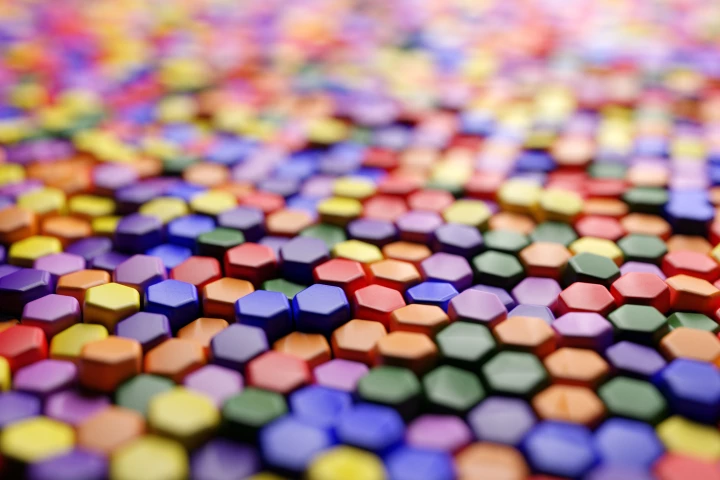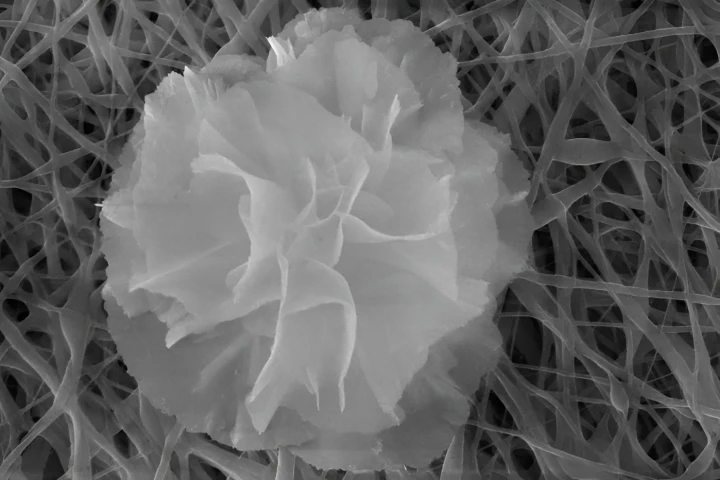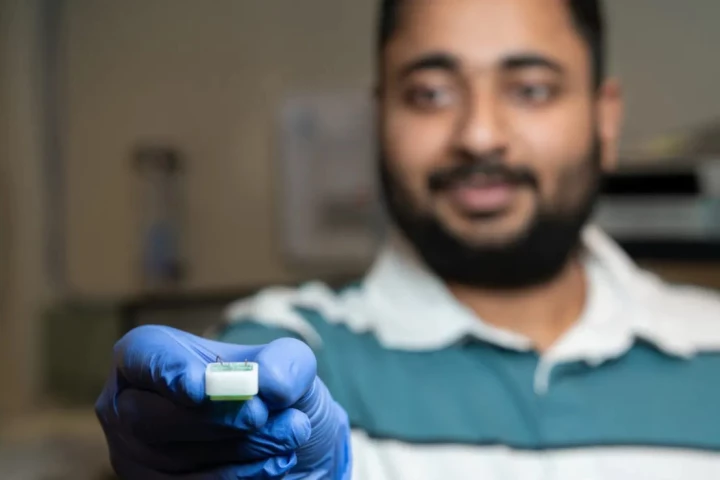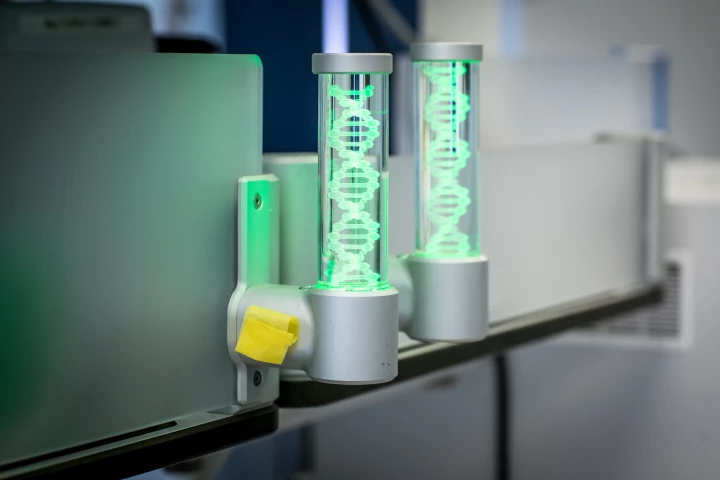Nanotechnology
-
Harnessing a principle known as triboelectrification, researchers have worked out the optimal way to generate an electrical charge in a relatively simple way. The breakthrough could provide a battery-free way to power wearables and other devices.
-
While we've seen antibacterial wound dressings before, Italian scientists have taken the idea to new extremes. They've created a material that kills multiple types of harmful bacteria, and it does so using tiny flowers.
-
While topically-applied medications do help alleviate various skin conditions, they'd be even more effective if they could better penetrate the skin's surface. Newly developed nanoceramic "stars" may one day help, by poking tiny holes in the skin.
-
In a move akin to puncturing an egg yolk without breaking the shell or egg white, researchers have figured out how to pierce the nucleus of a cell without hurting the rest of the structure. The breakthrough could be big news for medical treatments.
-
"Imagine a swing that, once pushed, keeps swinging for almost 100 years because it loses almost no energy through the ropes." So says a Delft University of Technology researcher who has helped his team accomplish a parallel feat at the nanoscale.
-
The four spikes on a new nanocrystal developed in Spain spin up under light and move through liquid, blasting any bacteria unfortunate to be in their path. The development could spell trouble for bacteria that resists traditional drug treatments.
-
This year's Nobel Prize in Chemistry has been awarded to three different scientists who advanced the development of quantum dots – nanoscale particles that exhibit unusual characteristics thanks to their diminutive size.
-
Physicists have combined nanotechnology, artificial intelligence and molecular biology to design a novel method that can detect Alzheimer’s disease protein markers in blood that are the tell-tale signs of early neurodegeneration.
-
Researchers have found that using nanoflakes of black phosphorus on wounds infected with drug-resistant superbugs not only kills the bugs, but accelerates wound healing. They say the innovative antimicrobial can be incorporated into common materials.
-
Nano-engineering happens all day long in our bodies, and California startup Aether is designing and testing millions of new enzymes to do a range of other useful tasks – like directly extracting battery-grade lithium from sources nobody else can use.
-
Researchers have created a nanoscale electronic ‘tattoo’ that attaches to an individual cell without damaging it. The breakthrough development could be used to monitor cell health and puts us one step closer to getting the jump on disease diagnosis.
-
Researchers have used 3D nanotechnology to successfully grow human retinal cells, opening the door to a new way of treating age-related macular degeneration, a leading cause of blindness in the developed world.
Load More











